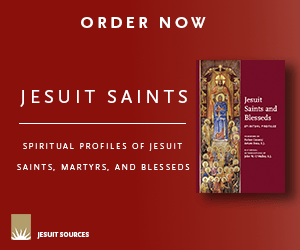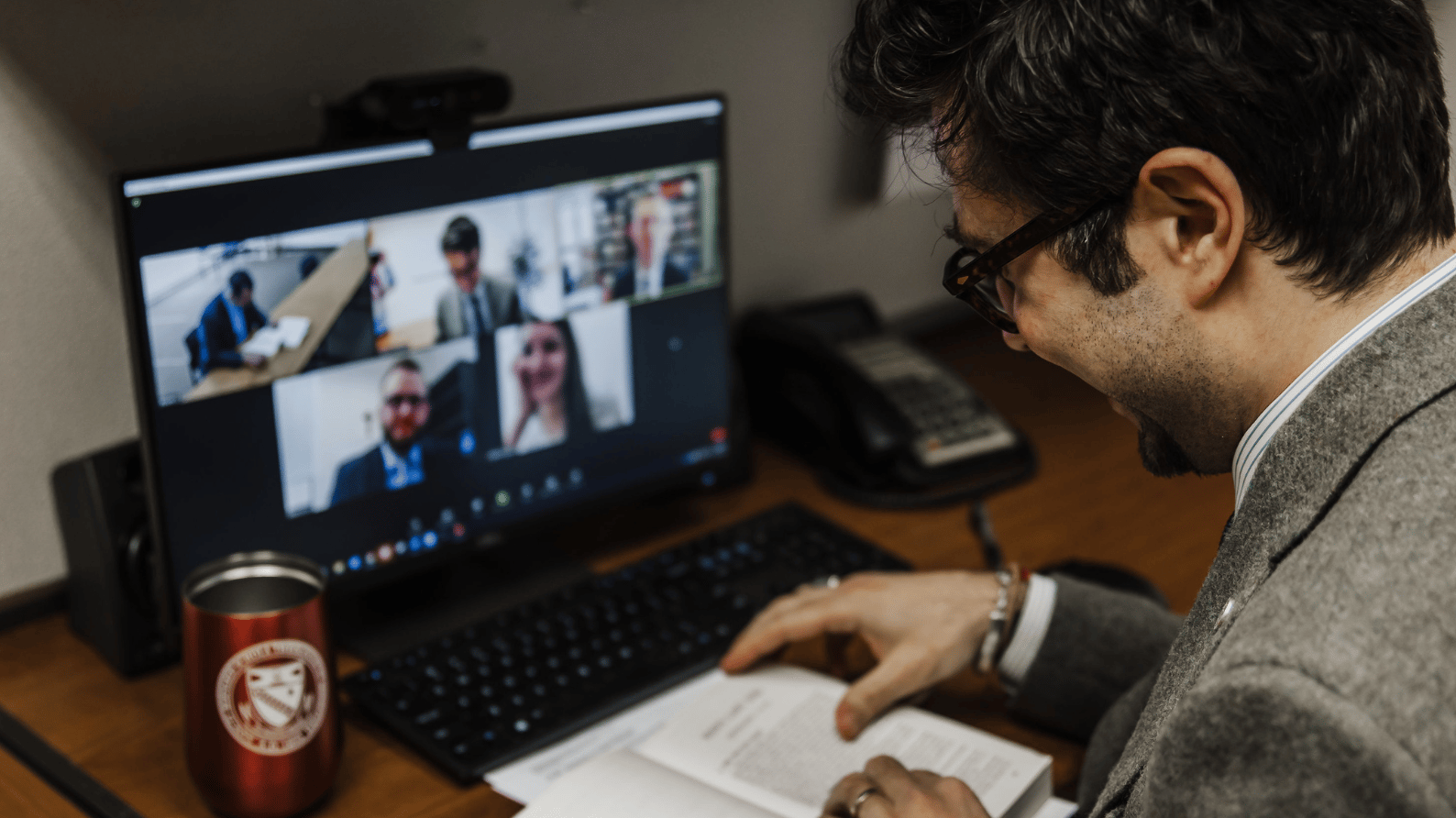Jesuit Saints and Blesseds: Spiritual Profiles is a must-read for Catholics wanting to know more about the inspiring examples that come from the Society of Jesus, the religious community of Pope Francis.
This latest publication from the Institute of Jesuit Sources is an awe-inspiring collection of over 70 biographies featuring some of the more revered figures in Jesuit history, as well as significant but lesser-known Jesuits, whose captivating stories are woven together into an elegantly designed and affordable book. Delve into the remarkable lives of these individuals who dedicated their lives to the greater glory of God. Order your own copy now and be inspired by these remarkable individuals.
Enjoy the following examples of the fascinating biographies waiting for you in Jesuit Saints and Blesseds: Spiritual Profiles.
Blessed Miguel Agustín Pro
Miguel Agustín Pro was a Mexican Jesuit who was executed out of hatred for the Catholic faith and especially for priests during a period of religious persecution in Mexico. Father Pro set himself to comforting persecuted Catholics, secretly celebrating Mass in their homes, and distributing communion to hundreds of the faithful. He preached to groups of students, workers, domestic help, clerks, and construction workers. His tremendous ingenuity helped him evade those who were looking for him, disguising himself as a mechanic, office worker, or beggar. His days were filled with activity, and he passed long hours of the night in prayer. His selflessness and compassion extended beyond just his fellow Catholics. Pro’s heart was filled with love for the most vulnerable and marginalized. On November 23, 1927, he was publicly shamed and executed with his arms extended in the form of a cross, with a crucifix in one hand and a rosary in the other. Pro’s inspiring story continues to captivate and inspire Catholics around the world, and his legacy lives on as a symbol of unwavering faith and courage. His famous last words: Viva, Cristo Rey! – “Long live Christ the King!”
The Forty Martyrs of Brazil
In the late 16th century, a group of Jesuit missionaries set sail from Portugal to Brazil, led by the charismatic and courageous Ignatius de Azevedo. Their mission was to spread the Catholic faith and to minister to the indigenous people of Brazil. This fearless group of men was willing to risk everything for their Catholic faith and Jesuit mission, and they paid the ultimate sacrifice.
The journey to Brazil was not an easy one. The Jesuits faced harsh weather conditions, pirate attacks, and the constant threat of persecution from those who opposed them. The group formed a tight-knit community of believers who were united in their deep love for God.
One fateful day, the group encountered French Huguenots sailing along the coast of Brazil. The Huguenots were hostile to the Jesuits and demanded that they renounce their Catholic faith. The Jesuits refused. The Huguenots attacked the Jesuits, killing all forty of them.
These men, who became known as the Forty Martyrs of Brazil, are a testament to the power of faith. Their sacrifice inspired countless others to stand up for their beliefs, even in the face of persecution and adversity. The Forty Martyrs of Brazil gave their lives, but their legacy lives on, inspiring generations of believers to stand firm in their faith.
Saint Stanislaus Kostka
Stanislaus Kostka was a young nobleman from Poland who deeply desired to become a Jesuit. At just seventeen years old, Stanislaus left his home in Vienna and walked over five hundred miles to meet with the Jesuit Provincial, Peter Canisius, in Augsburg. He dressed as a beggar in order to avoid being recognized and sent back home. This journey took fourteen days, during which he encountered numerous obstacles, including the ruins of churches and the widespread effects of the Muslim Turks’ raids. However, his desire to enter the Society of Jesus pushed him to continue his journey, even amidst life-threatening circumstances.
Stanislaus’s journey began at the Jesuit college in Vienna at the age of fifteen. He was fascinated by the Jesuits’ way of life and wanted to be like them. He fell seriously ill around Christmas in 1566, and his condition worsened to the point that the doctors believed he would die. However, he had a miraculous recovery after seeing Saint Barbara and the Blessed Virgin Mary, which strengthened his desire to become a Jesuit.
Stanislaus spoke to the rector of the college about his desire to become a Jesuit, but the rector advised him to get his father’s permission first, which Stanislaus knew he would never receive. The empress’s new confessor, Cardinal Giovanni Francesco Commendone, advised him to seek help from Peter Canisius, the provincial superior of the German Jesuits. Commendone gave him a letter of recommendation, and Stanislaus fled Vienna to meet with Canisius in Augsburg, dressed as a beggar.
Despite his youth, Stanislaus’ wisdom and holiness impressed many people, including his fellow Jesuits. Tragically, he died at the age of 18, just a year after joining the Jesuits. But his short life had a profound impact on those around him, and he is remembered as one of the greatest Jesuit saints and remains the patron saint of Jesuit novices.















